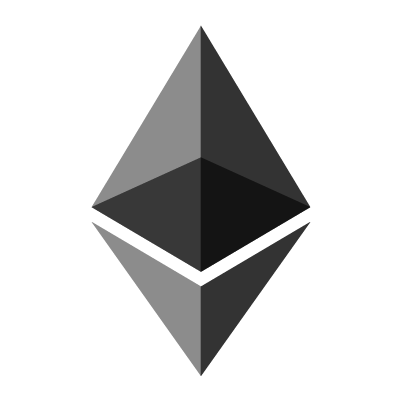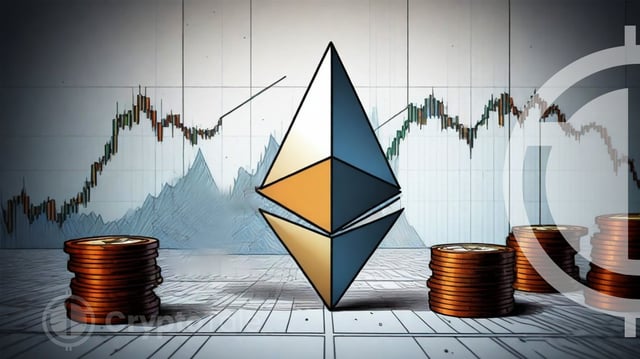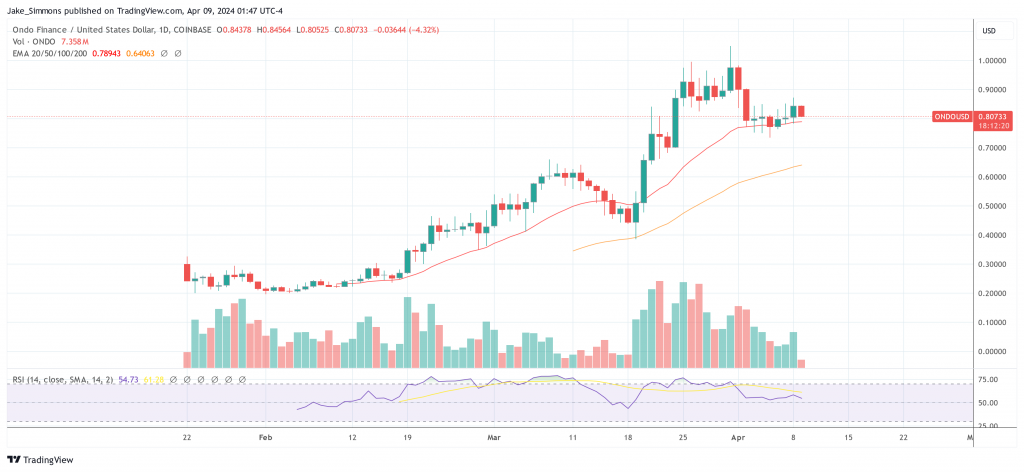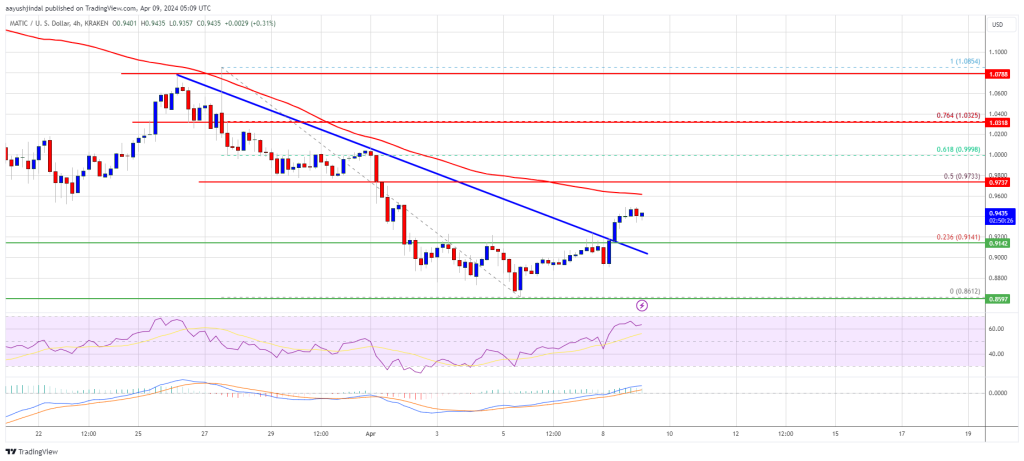Don’t Miss The Boat! Ethereum Whales Signal Bullish Run With $40 Million Bet
Ethereum (ETH), the world’s second-largest cryptocurrency by market capitalization, is experiencing a surge in optimism in the cryptocurrency market. The emergence of two new whales, according to crypto tracking platform Spot On Chain, further adds to the bullish sentiment surrounding Ethereum. Related Reading: PEPE In Peril? Dwindling Exchange Supply Raises Price Jitters These whales have collectively withdrawn a substantial amount of ETH, totaling nearly 11,700 coins, worth approximately $40 million, from leading cryptocurrency exchange Binance. Their significant purchase, made when ETH was priced around $3,450, indicates their confidence in the potential for further price appreciation. The $ETH price sharply rebounded by ~4% in the past 2 hours, now beyond $3,500! During this period, our system detected two more whales, 0x666 and 0x435, that withdrew a total of 11,657 $ETH ($40.28M) from #Binance at ~$3,455! Follow @spotonchain and set alerts for $ETH now so… https://t.co/Tz4or4Pzc0 pic.twitter.com/ZoVXTtDWZq — Spot On Chain (@spotonchain) April 8, 2024 Ethereum Trading Volume Soars The cryptocurrency market is experiencing a surge in optimism, fueled by a strong performance from Ethereum (ETH) and the looming Bitcoin halving event. ETH has seen its price jump nearly 10% in the past 24 hours, reaching $3,679 as of today. This impressive gain is accompanied by a significant rise in trading volume, which has spiked by nearly 70%, surpassing $15 billion. Source: Coingecko Whale activity, closely monitored by market analysts due to its potential to offer valuable insights into investor sentiment, plays a pivotal role in shaping the cryptocurrency landscape. ETH price action in the last week. Source: Coingecko. When whales engage in large-scale purchases, it often triggers a ripple effect throughout the market. This phenomenon sees smaller investors and traders being influenced to emulate similar actions, thereby amplifying the positive momentum. However, amidst the excitement of heightened market activity, it’s essential to acknowledge the potential consequences of increased concentration of assets in the hands of a few entities. While large purchases by whales may initially boost prices, they also pose risks to market stability. Ethereum market cap currently at $1.3 trillion. Chart: TradingView.com Specifically, such concentration can lead to reduced market liquidity, making the price of assets like Ethereum more susceptible to sudden and significant fluctuations in the future. Thus, while whale activity can serve as a barometer of market sentiment, it also underscores the need for cautious consideration of its broader implications on market dynamics. Bitcoin Halving Hype Fuels Marketwide Rally Meanwhile, Ethereum’s impressive rally is not an isolated event. The broader cryptocurrency market is experiencing a period of bullish momentum. Bitcoin, the undisputed leader, has also witnessed a significant surge, climbing above the $72,000 mark. This upward trend is largely attributed to the anticipation surrounding the upcoming Bitcoin halving, scheduled for approximately 11 days from now. Related Reading: Bitcoin Dips, But Don’t Panic: ETFs See Three Days Of Bullish Inflow The Bitcoin halving is a pre-programmed event that occurs roughly every four years. It reduces the number of new Bitcoins awarded to miners for verifying transactions on the network. Historically, these halving events have been followed by substantial price increases for Bitcoin, as the reduced supply often leads to increased demand and scarcity. Investors are hoping for a similar outcome this time around, contributing to the current marketwide rally. Renewed Optimism Grips Crypto Investors The recent surge in prices and trading volumes across the cryptocurrency market suggests renewed optimism and bullish sentiment among investors. Analysts and experts are anticipating further price gains for both Ethereum and Bitcoin in the coming days and weeks. Featured image from Pexels, chart from TradingView





